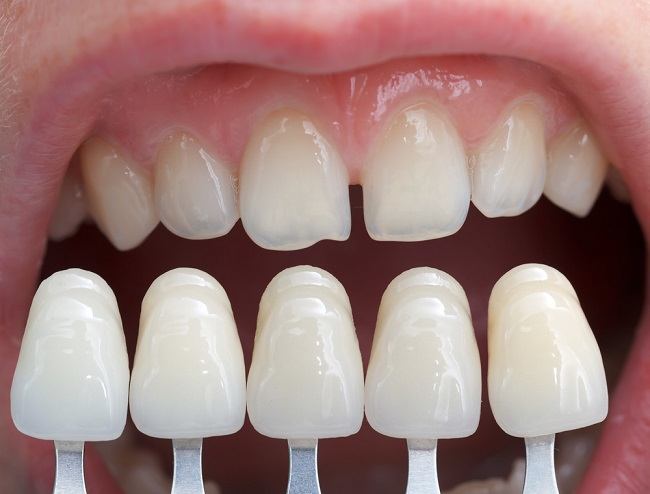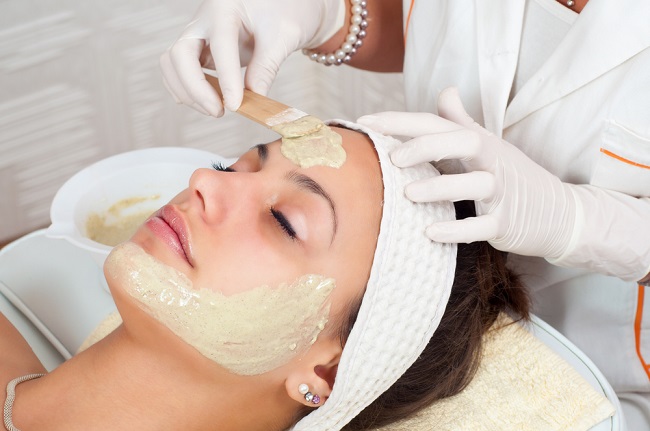Horner's syndrome is a rare syndrome that is a combination of symptoms and signs caused by damage to the pathways of nerve tissue from the brain to the face. This nerve damage will result in abnormalities in one part of the eye.
This syndrome occurs in patients suffering from diseases, such as stroke, spinal cord injury, or tumors. Therefore, the treatment of Horner's syndrome is done by treating the disease experienced by the patient. Treating the underlying condition is very useful in restoring nerve tissue function back to normal.
Symptoms of Horner's syndrome are characterized by the narrowing of the pupil in one eye only. Other symptoms that can be felt by sufferers of Horner's syndrome are the amount of sweat that comes out less and the eyelids seem to droop on one side of the face.

Symptoms of Horner's Syndrome
Symptoms of Horner's syndrome affect only one side of the sufferer's face. Some of the clinical signs and symptoms of Horner's syndrome are:
- The size of the pupils of the two eyes that look distinctly different, one of which is so small that it is only the size of a dot.
- One of the lower eyelids that is slightly raised (upside-down ptosis).
- Some parts of the face only sweat a little or not at all.
- The delay in pupil dilation (dilation) in low light conditions.
- Eyes look droopy and red (bloodshot eye).
Symptoms of Horner's syndrome in adults and children are generally similar. It's just that, in adults who suffer from Horner's syndrome, generally will feel pain or headaches. While in children, there are some additional symptoms, namely:
- The color of the iris is paler in the eyes of children under one year old.
- The part of the face affected by Horner's syndrome does not appear red.flush) when exposed to the hot sun, while doing physical exercise, or when experiencing emotional reactions.
Causes of Horner's Syndrome
Horner's syndrome is caused by damage to several pathways in the sympathetic nervous system, which runs from the brain to the face. This nervous system plays a role in regulating heart rate, pupil size, perspiration, blood pressure, and other functions, enabling the body to respond quickly to environmental changes.
Nerve cells (neurons) that are affected in Horner's syndrome are divided into 3 types, namely:
- First-order neurons. Found in the hypothalamus, brainstem, and upper spinal cord. The medical conditions that cause Horner's syndrome that occur in this type of nerve cell are usually strokes, tumors, diseases that cause loss of myelin (protective layer of nerve cells), neck injury, and the presence of cysts or cavities (cavity) in the spine (spinal column).
- Second-order neurons. Found in the spine, upper chest, and side of the neck. Medical conditions that can cause nerve damage in this area are lung cancer, tumors of the myelin layer, damage to the main blood vessel of the heart (aorta), surgery in the chest cavity, and traumatic injuries.
- Third-order neurons. Found on the side of the neck that leads to the skin of the face and the muscles of the eyelids and iris. Damage to this type of nerve cell can be associated with damage to arteries along the neck, damage to blood vessels along the neck, tumors or infections at the base of the skull, migraines, and migraines. cluster headaches.
In children, the most common causes of Horner's syndrome are injuries to the neck and shoulders at birth, abnormalities of the aorta at birth, or tumors of the nervous and hormonal systems. There are cases of Horner's syndrome for which no cause can be identified, which is known as idiopathic Horner's syndrome.
Diagnosis and Treatment of Horner's Syndrome
The diagnosis of Horner's syndrome is quite complicated because the symptoms can signal other diseases. In addition, the doctor will also ask about the patient's history of illness, injury, or undergoing certain surgeries.
Doctors can suspect a patient has Horner's syndrome if the symptoms are confirmed by a physical examination. During a physical examination, the doctor will look for symptoms that appear such as a narrowed pupil in one eyeball, an eyelid that is lower than the eye lid, or sweating that does not appear on one side of the face.
To make sure the patient has Horner's syndrome, the doctor will perform further tests, such as:
- Inspectioneye. The doctor will check the pupillary response of the patient. The doctor will instill a small dose of eye drops to dilate the patient's pupils. A pupillary reaction that is not dilated may indicate a patient has Horner's syndrome.
- Imaging tests. A number of tests such as ultrasound, X-rays, CT scans, or MRIs will be performed on patients diagnosed with structural abnormalities, wounds or lesions, to tumors.
There is no specific treatment for Horner's syndrome. In most cases, if the cause is treated, the condition will go away on its own.
Complications of Horner's Syndrome
The following are a number of complications that can be experienced by sufferers of Horner's syndrome:
- Visual disturbance
- Neck pain or headache is severe and suddenly attacks
- Weakened muscles or difficulty controlling muscles









